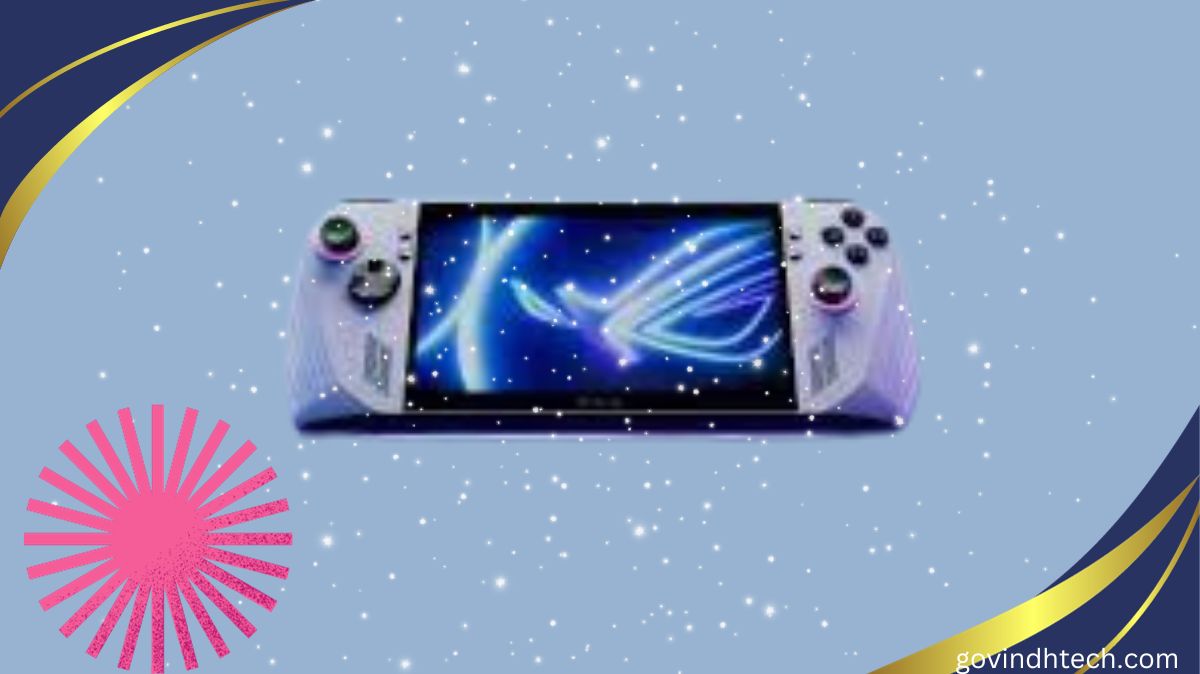Baldur’s Gate 3 on ROG Ally: Performance Guide & Best Settings
What framerate Baldur’s Gate 3 players on the ROG Ally can expect
While you may play Baldur’s Gate 3 on the lowest settings and call it a day, there are a few options you can increase for an observable improvement in graphical quality without significantly degrading performance. The early game hung about 45 FPS on the low end and just under 60 FPS during fighting at 1080p with FSR set to Quality and the Ally in its 25W Turbo mode.link here
Due to the game’s namesake city and its lively populace, the later stages of the plot utilise a lot more CPU, but we discovered that it rarely dropped below 30 FPS with our settings, making for a perfectly playable adventure in Faerûn, especially given that BG3 is a turn-based game.
For the ROG Ally, Baldur’s Gate 3’s graphical settings were optimised
Here are the settings we advise using on the ROG Ally,Baldur’s Gate 3 to achieve the ideal blend of performance and graphical fidelity:
Resolution: The ROG Ally’s display’s native resolution of 1920 x 1080.
DX 11 graphics API. Although some PCs may perform better with one graphics API over another, the ROG Ally Baldur’s Gate 3 benefits more from using DirectX 11.
1.0 AMD FSR: High calibre. Before scaling the image to the native resolution of your display, AMD’s FidelidyFX Super Resolution, or FSR, generates the visuals at a reduced resolution. Compared to running the game at a reduced resolution, this enhances performance while keeping higher image quality. We advise using Quality mode.
Low model quality. The geometric complexity of objects, especially those in the distance, is adjusted by this parameter. However, turning it up will result in a substantial performance hit, therefore we advise against it. Low unless you really hate texture pop-in more than the other performance-intensive settings on this list.
Medium shadow quality. Like in many games, Baldur’s Gate 3 Shadow Quality, which has a high performance cost but also has a high visual impact, controls the sharpness and stability of shadows. Since Medium offers the best value for your money and only degrades performance by a small percentage while enhancing visuals significantly, we recommend it. You can turn it up a notch, but you’ll have to forfeit a lot more frames in exchange.
High cloud quality. Though the clouds look beautiful at higher settings, there aren’t many places in the game where you’ll actually see them, and even then, this setting doesn’t seem to have a significant performance impact. With High, you can’t go wrong.
Ultra High Texture Quality. The degree of detail of textures, such as those on clothing, walls, and other objects, depends on the texture quality. Although it isn’t nearly as VRAM-hungry as many games, it has a significant impact on graphic quality and is mostly limited by VRAM. Medium is probably best with the Ally’s default settings, however we discovered Ultra to perform and look amazing with the Ally’s VRAM allotment set to 6GB.
Anisotropic X4 texture filtering. Similar to texture quality, texture filtering has a significant impact on visuals; therefore, for a visible improvement, I advise setting it to at least X4.
Low instance distance. We advise leaving this set to Low because it affects the draw distance of some objects, like grass, and can affect performance, especially when CPU-bound.
Low fog quality. The resolution and calibre of the volumetric effects are controlled by this option. Higher settings do add a little bit of definition, but it’s difficult to tell, especially on a small screen, and Low offers the greatest performance.
High detail separation. You should be able to utilise High safely because this has a minimal influence on performance and only impacts the view distance of small items.
Low level of detail in the animation. This may have an impact on CPU utilisation, which in busy game sections (like Act 3) is the primary bottleneck. Therefore, we advise setting it to Low.
TAA, or anti-aliasing. TAA, or temporal anti-aliasing, cleverly minimises shimmering and jagged edges by using numerous frames. The boost in image quality comes at a slight cost to GPU speed, especially when utilising FSR.
On for ambient occlusion. Small shadows are added by ambient occlusion in the intersections of two objects. Even though this setting has a slight negative impact on GPU performance, it is essential for providing the world with visual depth, so I strongly advise keeping it on.
Circular depth of field. When the camera is focused on anything close by, such as a character’s face during a dialogue, depth of field distorts the background of the picture. Although it can be turned off for the optimum performance, we left it on for our tests because it has a lovely effect.
Quality of Depth of Field: quarter. On the Ally’s little screen, Quarter looks almost as good as Quarter + Denoise and performs better.
God Rays are on. When light enters an opening, this adds illumination to fog or other particles but doesn’t appear to have a significant impact on performance. Therefore, we advise leaving it on.
In bloom. Though you can adjust it to your own preferences, we think this post-processing effect looks excellent.
Off for subsurface scattering. The lighting for things like character faces is barely impacted by this. We decided to keep it off for the performance gain because of how subtle it is.
Off for Slow HDD Mode. Since the Ally has a lightning-fast PCIe SSD, we can turn off this feature even though it enhances speed on older spinning hard drives.
Off for dynamic crowds. Thankfully, turning this off doesn’t significantly reduce immersion and is necessary to achieve respectable framerates in Act 3.



[…] The Assassin’s Creed series is a mainstay of contemporary gaming, and the most recent installment offers a fantastic open world to sink they teeth into while traveling with the portable ROG Ally. […]